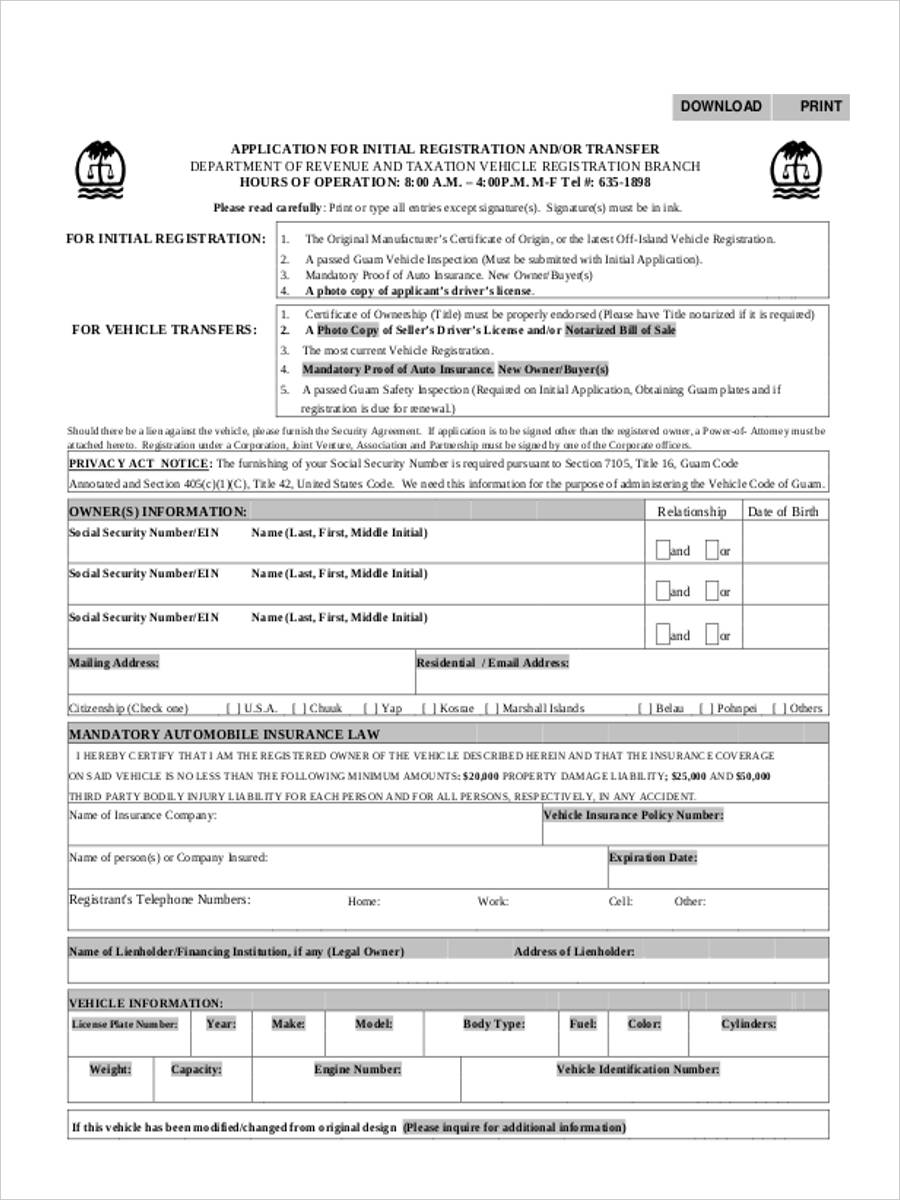

If you have any doubts, feel free to ask. =ROWS(A$ 1:A 4) returns the number of rows within the range A1:A4 the result is 4. =ROWS(A$ 1:A 3) returns the number of rows within the range A1:A3 the result is 3. =ROWS(A$ 1:A 2) returns the number of rows within the range A1:A2 the result is 2. If we prefix the first row reference with the $ symbol to make it absolute, and leave the second row reference relative (without the $ symbol), then when we copy the formula downwards, the first row reference will remain unchanged, while the second will change from one cell to the next. =ROWS(A99:A99) returns the number of rows within the range A99:A99 the result is still 1. =ROWS(A2:A2) returns the number of rows within the range A2:A2 the result is still 1. =ROWS(A1:A1) returns the number of rows within the range A1:A1 the result is 1.

So because the k value changes, the result of the formula will also change, thus giving us what we want.Īnother way of changing the k value is to use the ROWS function, as follows : This is the reason we use the ROW function, with a parameter such as A1.Įntered in a cell say D3, and copy this formula down to cells D4, D5, D6 and beyond, then the formulas in those cells will be : After writing the formula in the first cell we can just double click on the green handle that appears when the cell is selected and the formula will populate to all other cells in the column.

Thus, if you want k to change from 1 to 2 to 3 and beyond, then there to be a variable in k, not a fixed value such as 1 or 2 or 3. Then we can write IF(B2100, 'Finished', 'In progress') (where B2 is the first cell with the progress). Thus, if you want the first cell to contain the smallest value, the second cell to contain the second smallest value, the third cell to contain the third smallest value and so on, you will not get what you want. However, when you use the SMALL function in a formula, where the formula is entered in one cell and then copied either across columns or down rows, then if you have the value 1 in the formula, that value will be copied to all other cells. IF (ISNUMBER (FIND (How,A1,1)),TRUE,FALSE) The formula will return true if it found the match, returns False of no match found. You can check a cell if there is given string in the Cell and return True or False. ĭepending on the value of k, the SMALL function will return the smallest, the second smallest, the third smallest value in a range. Following is the Excel formula to return True if a Cell contains Specif Text. Where range is a single or multi-row, single or multi-column reference, and k is an integer taking the values 1, 2, 3. The IFS function works similarly to IF: A thenvalue is assigned to a logical test but up to127 times. This is the proper syntax of the IF-THEN function: IF (logic test,value if true,value if false) The IF part of the function is the logic test. The IF-THEN function's syntax includes the name of the function and the function arguments inside of the parenthesis. The SMALL function or the LARGE function has the following syntax : Since Office 2016, Excel has offered yet another if-then function. There are many conditions you can enter into the IF-THEN formula.


 0 kommentar(er)
0 kommentar(er)
